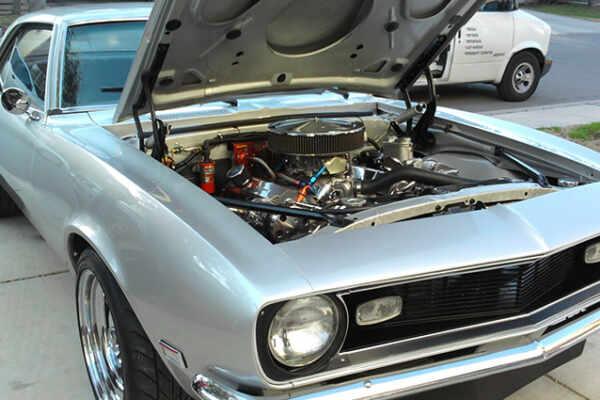Auto vehicle detailing involves the process of exterior detailing as well as interior detailing. In this article, we will be looking at the 4 main steps undertaken in the exterior detailing process.
Table of Contents
Washing
This is the first step of the process and involves removing the largest particles of dirt and grime off of your vehicle. This will probably involve a high – pressure water spray to remove the top dirt and perhaps even some of the grime that may be stuck on the car.
If the car undergoes a regular hand wash then it may require at least 2 washes to adequately remove the dirt.
Claying
A layer of clay is then applied on the surface of the vehicle. The clay acts in the same manner as a semi – adhesive substance; it attaches itself to any remaining contamination or grime on the surface of the vehicle and then stripes it off. This process is necessary since some miniature pieces of dirt and grime may be found within the small cracks within your car’s outer coat of paint.
If after application the car still appears to be dirty then one may have to do another wash to adequately get rid of the dirt.
Polishing
Now that the dirt has been removed, it’s time to get the shine out of the vehicle. Up to this point, the surface of the vehicle has been damaged by debris and other forms of dirt. The first step of this process involves the use of a heavy polish to remove this outer coat of paint that’s damaged and dulled. This involves the use of a heavy polish that evens out this outer coat and scrapes off the dirty paint.
Thereafter, a moderate polish is applied to further restore the paint of the car. Finally, a light polish is then applied to enhance the gloss of the coat. It’s worth noting that heavy polishing, as well as moderate polishing, is usually conducted with the use of a machine. Light polishing may be conducted by hand.
Sealing
This involves the application of wax as well as a sealant. Waxing here works in much the same manner as waxing on humans, the wax increases the intensity of the shine from the polishing as well as increasing the glossy look.
When your vehicle comes into contact with debris and other forms of dirt, dents form in your vehicle forming small pockets within which dirt can easily collect. Consequently, your vehicle will get dirty much faster after a professional auto detailing service. The sealant covers these small dents to prevent the collection of dirt.
Furthermore, the outer coat of your vehicle is prone to damage from UV radiation from sunlight. This acts in the same way as a piece of cloth left in the sun over a few days, the effect of the UV radiation leads to the fading of colour. The sealant also acts as a protective barrier meaning that the fading process is significantly slowed.
Lastly, the sealant acts as a means to cover the polish and help the shine last for much longer.





